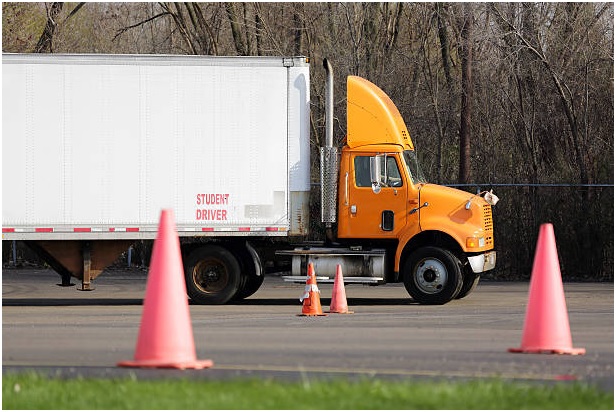Types And Contents Of Driver Training Program For Businesses
4 min read
To assure that new worker have the data and skills necessary to perform the duty within the manner expected, and driving training programs offer the service to review the company policies with every driver, it’s widely believed that driver training supplements the driver selection program. The number of training that’s required varies directly with the quality of the duty and also the data and knowledge of the worker. A good training program addresses the knowledge and skills necessary for a worker to perform in a pretty satisfactory and safe manner and tries to bridge the gap between the employee’s existing level of information, that is needed for the duty.
Proper training helps to cut back on operational disruptions and minimize excess prices from crashes and equipment abuse. Positive driver attitudes are often promoted by accentuation that the intent of the training program is to profit drivers by serving them to perform their jobs safely and with efficiency. Drivers should be shown the crucial relationship between their actions and also the success of the business. And this makes it necessary for them to take driver training for commercial transport.
Below are the categories of training and areas to contemplate in establishing a driver training program:
Types of Commercial Driver Training
Three styles of driver coaching ought to be thought of once establishing a driver coaching program: initial, refresher, and remedial.
- Initial training ought to lean to new personnel, so every worker is correctly indoctrinated before beginning work. Even drivers with a few years of expertise have a desire for orientation thanks to variations in styles of load, vehicles, and operations. As there are a few “perfect” drivers, initial training addresses the areas known throughout a driver’s tryout that require improvement.
- Refresher training is often greatly helpful for normal drivers to update data on operational changes, new routes, cargo, equipment, and government rules and to bolster defensive driving awareness.
- Remedial training could also be helpful to assist alleviate substandard performance. The necessity for remedial training could also be known by client complaints, complaints from the public, crash involvement, moving traffic violations, or reports of vehicle misuse or abuse.
Commercial Driver Training Program Contents
The driver training program has to address the areas that a driver can face within the course of daily operations, such as uncommon or emergency things which can occur. At a minimum, a good driver training program addresses the following areas:
1. Company Rules and Policies
Company rules and policies are provided to drivers in a written manner. Revisions to the present data are made to drivers on a timely basis, and it is assured that every driver understands the changes. The one that indoctrinates a replacement driver into the company also makes sure to review each principle and policy with the driver.
2. Equipment Familiarisation
Equipment experience is important to attenuate unintentional equipment misuse and abuse. With the massive sort of mixtures of engines, transmissions, and rear-ends, it makes sensible operational sense to describe a recently employed driver how to operate specific equipment for max potency and minimum maintenance. Special controls, as well as loading and unloading devices, are incontestable, and also the drivers are trained in handling a correct vehicle review.
3. Routes and Schedules
Routes and schedules are clearly explained to drivers. This data might be enclosed within the materials given to drivers on company rules and policies. Routes are established to avoid engorged areas, poor road conditions, high-crash frequency areas, and roads with restrictive conditions, like low or slim overpasses or bridges with restricted weight limits.
4. Defensive Driving Techniques
Defensive driving is driving to prevent accidents in spite of the wrong actions of others or adverse driving conditions, like weather, traffic, lighting, vehicle, or road condition, or the driver’s physical or status. The defensive driver assumes that other drivers might create mistakes and remains on guard during the event miscalculation is created. Once giving a prospective driver a pre-employment tryout, defensive driving techniques are evaluated. Any unhealthy driving habits ought to be corrected before a driver’s initial trip. In order to modify and bring changes in the driver’s habits or perspective, it is essential to get in-vehicle training.
5. Emergency Procedures
Emergency procedures are established to deal with issues encountered while en route. In the case of mechanical issues with the vehicle, the driver should know what to do with the damaged vehicle, the proper placement of emergency warning devices, and the person to contact for assistance.
A proper course to follow in the event of a crash must be established. As the driver might suffer from extreme stress at the crash scene and because the initial actions of the driver are considered critical in minimizing the effects of the accident, the procedures to follow should be clear and concise and the responsibilities of the driver have to be well-defined. An information packet containing instructions and forms for use in the event of a crash is provided to carry in the vehicle, and the driver is made familiar with its contents.
So, what are you waiting for? Find a great driving training service to train more drivers for your business.






